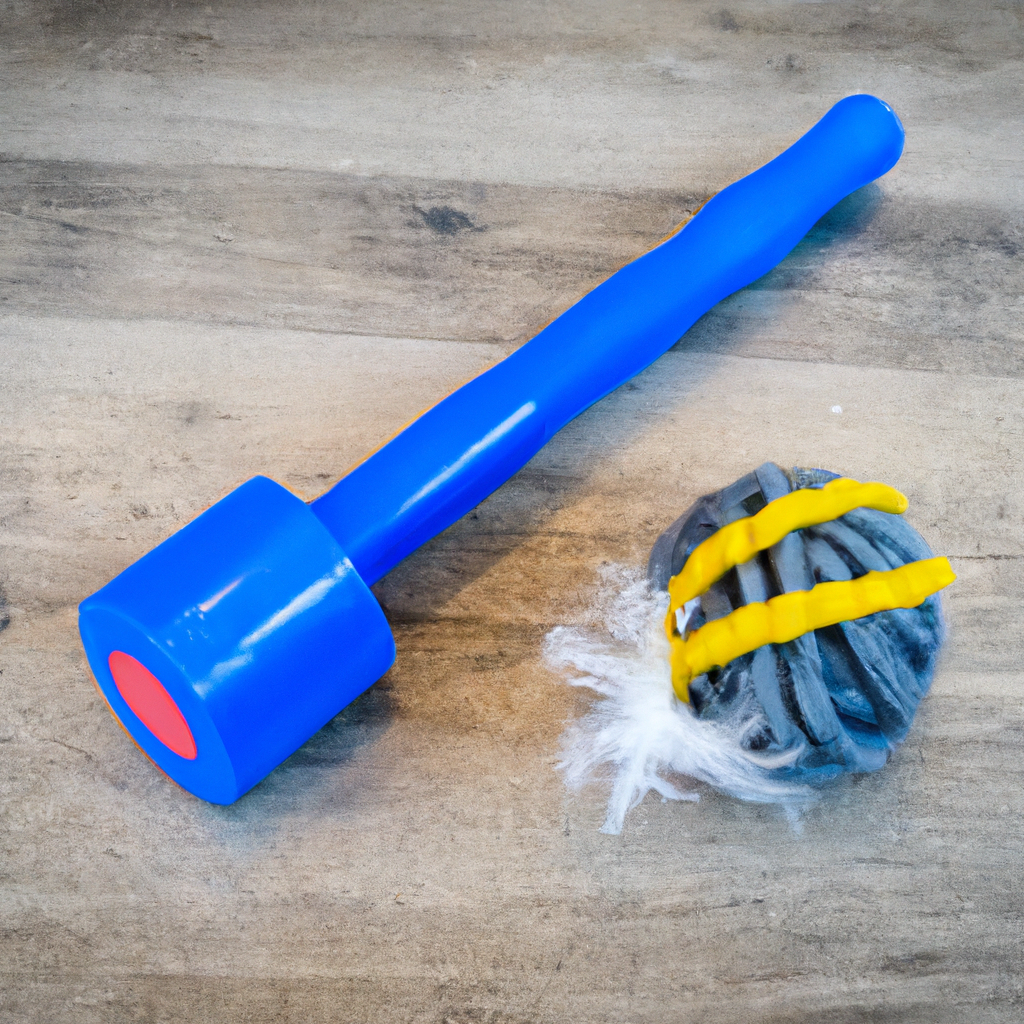Teaching Your Dog to Stay Calm during Handling by Veterinarians
Teaching Your Dog to Stay Calm during Handling by Veterinarians Visiting a veterinarian can be stressful for dogs due

Teaching Your Dog to Stay Calm during Handling by Veterinarians

Visiting a veterinarian can be stressful for dogs due to unfamiliar surroundings, medical procedures, and handling by strangers. It is important to help your furry friend stay calm during these situations to ensure their well-being. By teaching your dog to feel comfortable and relaxed during handling by veterinarians, you can make their visits less stressful and promote a positive experience for everyone involved.
1. Early Socialization
Start socializing your dog from a young age to new people, sounds, and environments. Expose them to positive experiences, such as meeting friendly strangers, visiting vet clinics without any medical procedures, and rewarding them for calm behavior. This will create a foundation of trust and confidence that will aid in handling at the veterinarian.
2. Positive Reinforcement Training
Use positive reinforcement techniques during training sessions to establish a positive association with handling. Begin by gently touching your dog’s paws, ears, and other sensitive areas, rewarding them with treats and praise for staying calm. Gradually increase the duration and intensity of handling to desensitize your dog and reinforce their calm behavior.
3. Gradual Exposure
Gradually expose your dog to the various handling procedures performed by veterinarians. Start with short and simple procedures, such as checking their ears or teeth, followed by rewarding their calm behavior. Gradually progress to more complex procedures, ensuring your dog remains relaxed throughout each step. If your dog becomes anxious or stressed, take a step back and continue with easier tasks before progressing again.
4. Counter Conditioning
Counter conditioning involves changing your dog’s emotional response to a particular stimulus. During handling procedures, pair each step with something your dog loves, such as treats, toys, or gentle massages. This will help them associate handling with positive experiences, making them more prone to stay calm in similar situations.
5. Communication and Trust
Establish clear communication and build trust with your dog. Use calming body language, gentle tones, and comforting touch during handling and vet visits. Regularly practice basic commands, such as “sit” and “stay,” to ensure your dog understands what is expected of them and to maintain their focus during procedures.
Remember, every dog is unique, and some may take longer to adapt than others. Patience and consistency are key when teaching your dog to stay calm during handling by veterinarians. Be sure to consult with your veterinarian for any specific recommendations tailored to your dog’s needs.
By implementing these techniques, you can help your dog feel more at ease during visits to the veterinarian, ensuring their well-being and providing a positive experience for both your furry friend and the medical professionals.

Remember, your dog’s comfort and happiness should always be a priority, even during medical procedures. By working together with your veterinarian, you can create a peaceful and low-stress environment that benefits your furry companion’s health and overall well-being.






